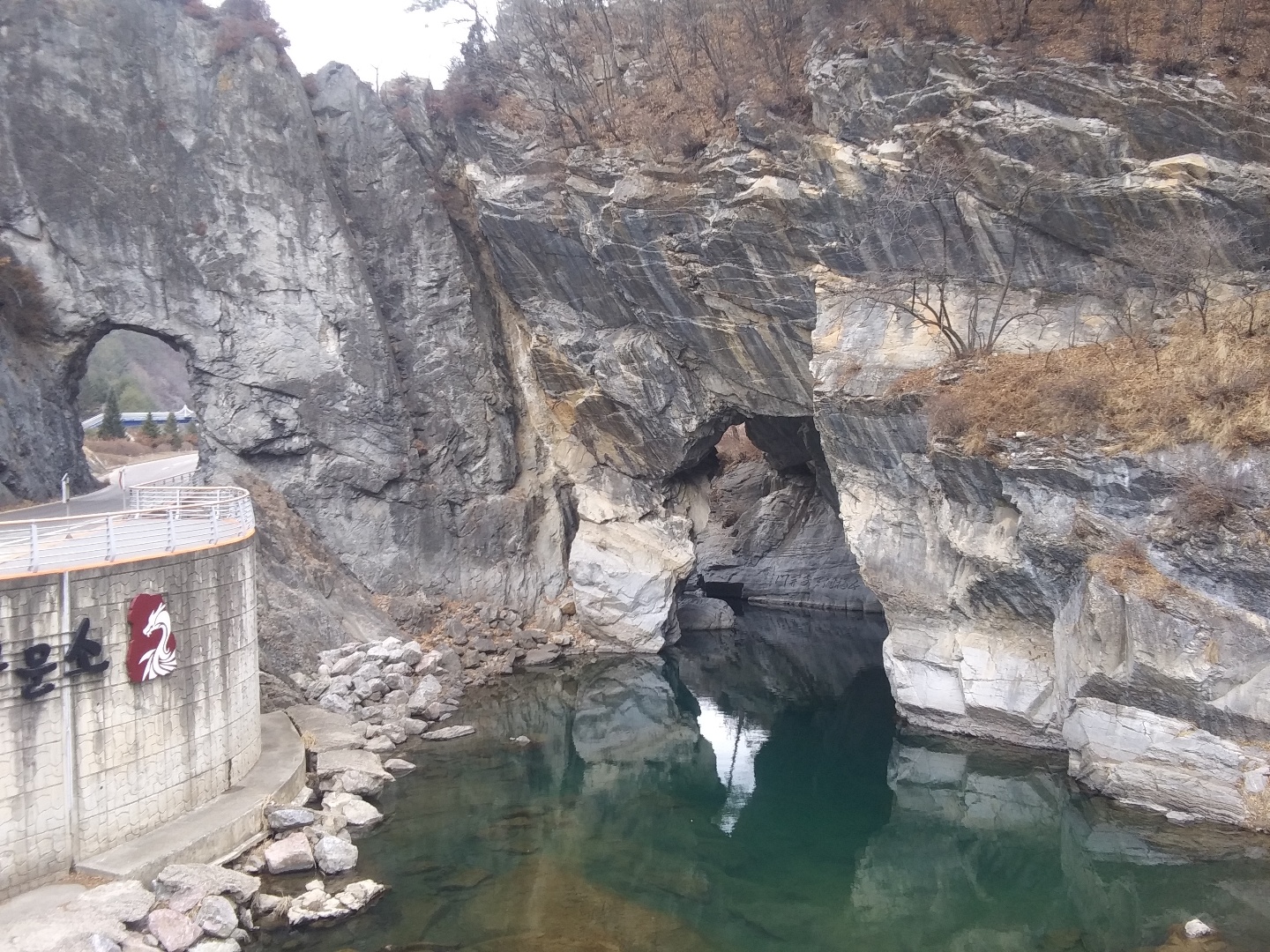|
Hwangjicheon
Hwangjicheon () is a stream in Taebaek, South Korea and is a tributary of the upper end of the Nakdong River, the longest river in South Korea. It originates in Hwajeon-dong, Taebaek, Gangwon Province, with a maximum flow path length of 29.1 km, a maximum straight-line length of 27.8 km, and a drainage basin area of 204.1 km². The stream flows through Hwangji-dong, Mungok-dong, Jangseong-dong, and Dongjeom-dong, and ends at Gumunso, where it merges with Cheoramcheon (철암천) to begin the Nakdong River. The stream is home to many flora and fauna. A 2021 survey by Nakdonggang National Institute of Biological Resources identified 297 species of plants in Hwangjicheon. Near the stream are many abandoned lead, zinc, and coal mines, including Yeonhwa Mine, Hamtae Coal Mine, and Eoryong Mine. Their mine runoffs altogether pose a pollution risk, with reddish discolorations being observed in some parts of the stream. A 2019 survey showed that toxic run-offs from coal ... [...More Info...] [...Related Items...] OR: [Wikipedia] [Google] [Baidu] |
Gumunso
Gumunso () is a swamp in Dongjeom-dong, Taebaek, Gangwon Province, South Korea which features a river that pierces through a mountain, the only one of its kind in Korea. It is also known for its geological value, as its stratigraphic continuity is well-preserved. It names the surrounding village and neighborhood ( dong). With an area of 685,109 m2, the "Ordovician Deposits and Topography of Stream Erosion of Gumunso" is a part of Gangwon Paleozoic National Geopark and is the 417th Natural Monument of South Korea. In Gumunso, the Jigunsan and Makgol Formation (with the former unconformably overlying the latter) from the Lower Paleozoic Ordovician period (~440 to 500 million years ago) can be found. The two streams Cheoramcheon (철암천) and Hwangjicheon (황지천) meet in Gumunso, and could be considered the start of the Nakdong River. Name The name Gumunso is a Hanja version of the name Gumuso (), where " 구무" is a Middle Korean term for "hole". A purely native-K ... [...More Info...] [...Related Items...] OR: [Wikipedia] [Google] [Baidu] |
